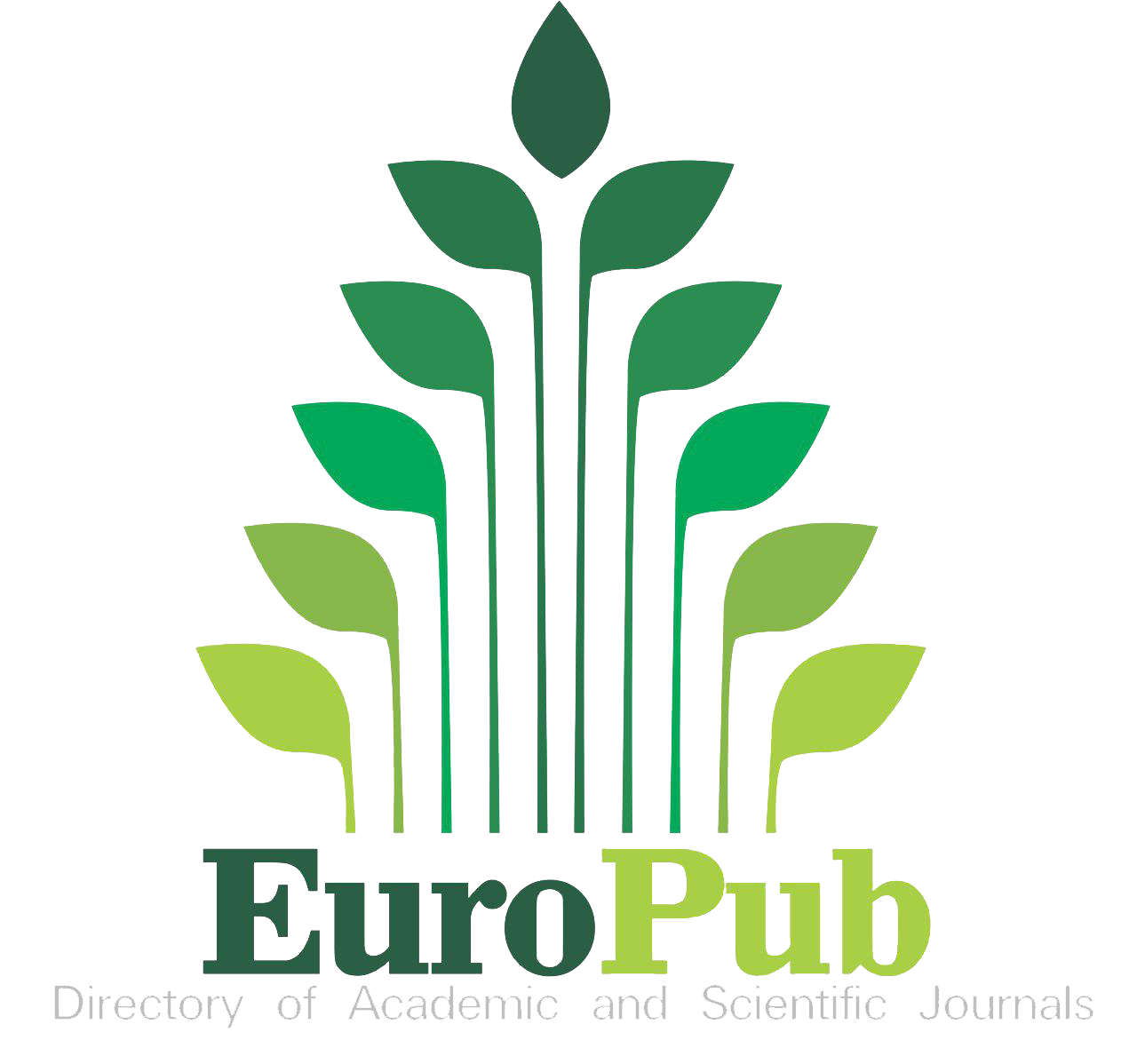A Deep Reinforcement Learning Approach to Optimizing Cloud Workload Migration
DOI:
https://doi.org/10.54536/ajiri.v4i3.5429Keywords:
Cloud Workload Migration, Deep Reinforcement Learning, Energy-Efficient Computin, Resource Optimization, Virtual Machine PlacementAbstract
Cloud data centers consume a significant amount of energy worldwide, prompting the need for intelligent resource management. Dynamic workload migration (moving virtual machine workloads between servers or to the cloud) can improve resource utilization and reduce energy consumption by consolidating loads onto fewer machines. However, live migration incurs performance overhead; migrating too frequently or at suboptimal times can degrade application performance. This paper proposes a novel AI-driven approach to optimize cloud workload migration decisions. We leverage deep reinforcement learning (RL) to autonomously learn when and where to live-migrate workloads in order to minimize energy use and operational costs while respecting performance constraints. The proposed method uses publicly available cloud workload traces to train and evaluate the RL agent’s decision-making. We design and implement the solution within a simulation environment, and extensive experiments show that our method significantly outperforms baseline heuristics in reducing energy consumption (by over 20%) and lowering service-level agreement (SLA) violations.
Downloads
References
Beloglazov, A., & Buyya, R. (2012). Optimal online deterministic algorithms and adaptive heuristics for energy and performance efficient dynamic consolidation of virtual machines in cloud data centers. Concurrency and Computation: Practice and Experience, 24(13), 1397–1420. https://doi.org/10.1002/cpe.1867
Calheiros, R. N., Ranjan, R., Beloglazov, A., De Rose, C. A. F., & Buyya, R. (2011). CloudSim: A toolkit for modeling and simulation of cloud computing environments and evaluation of resource provisioning algorithms. Software: Practice and Experience, 41(1), 23–50. https://doi.org/10.1002/spe.995
Rashmi, S., Siwach, V., Sehrawat, H., Brar, G. S., Singla, J., Jhanjhi, N. Z., & Shorfuzzaman, M. (2024). AI-powered VM selection: Amplifying cloud performance with dragonfly algorithm. Heliyon, 10(9), e37912. https://doi.org/10.1016/j.heliyon.2024.e37912
Reiss, C., Wilkes, J., & Hellerstein, J. L. (2011). Google cluster-usage traces: Format + schema (White Paper). Google Inc. https://github.com/google/cluster-data
Zhu, X., Xia, R., Zhou, H., Zhou, S., & Liu, H. (2024). An intelligent decision system for virtual machine migration based on specific Q-learning. Journal of Cloud Computing, 13(1), Article 122. https://doi.org/10.1186/s13677-024-00601-w
Downloads
Published
How to Cite
Issue
Section
License
Copyright (c) 2025 Qi Xin

This work is licensed under a Creative Commons Attribution 4.0 International License.







